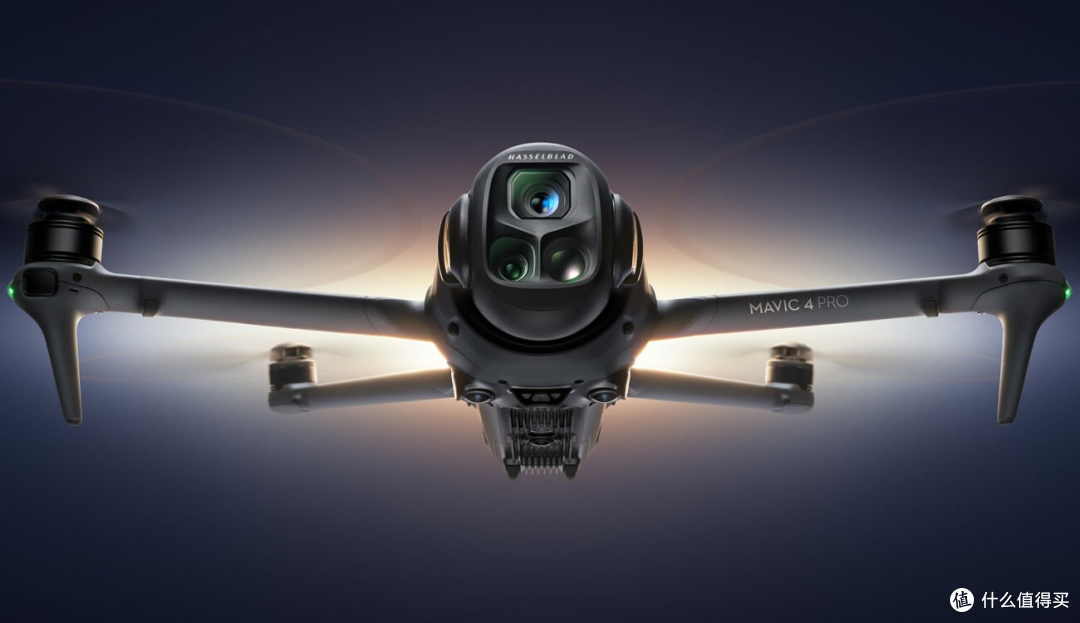DJI drones have rapidly become vital tools in various industries, offering capabilities beyond traditional aerial photography. Among these features, thermal cameras integrated into DJI drones provide unprecedented advantages and flexibility. This innovation allows for applications ranging from industrial inspections to emergency response scenarios. The thermal imaging technology enables users to perceive heat differentials, effectively identifying issues invisible to the human eye.
Harnessing Thermal Imaging Brilliance
Drones equipped with thermal cameras empower enterprises to conduct intricate analyses. By capturing thermal signatures, DJI drones such as the Mavic 2 Enterprise Dual and Matrice 300 RTK offer crucial insights. These models feature FLIR thermal sensors, renowned for their efficiency in detecting even minute temperature variations. Such technology is indispensable in evaluating pipeline integrity, monitoring solar panel efficiency, and optimizing energy audits.
Industrial Applications of Thermal Drones
In the realm of infrastructure maintenance, DJI drones excel by revealing potential faults before they become catastrophic failures. For instance, inspecting power lines for hotspots or detecting leaks in gas pipelines is streamlined thanks to the thermal imaging capabilities. These drones significantly reduce downtime and improve inspection accuracy, leading to safer and cost-effective operations.
Additionally, agriculture benefits tremendously from these devices. Farmers utilize thermal imaging to monitor plant health, detect irrigation issues, and manage pest infestations. This holistic approach to crop management can lead to increased yields and reduced resource waste.
Public Safety and Search Operations
Search and rescue missions are transformed with the aid of DJI’s thermal cameras. Locating missing persons in remote or challenging terrain becomes feasible when the heat emitted by the human body is captured by these sensors. Firefighting units also find value in our drones due to their ability to pinpoint hotspots within large fires, ensuring a more targeted and efficient response.
Apart from direct rescue operations, drones assist law enforcement during surveillance tasks by providing night vision capabilities, reducing risks while enhancing observational accuracy.
The Technical Edge
With DJI drones, you not only acquire unmatched aerial mobility but also cutting-edge thermal imaging precision. The seamless integration of these cameras within drones is complemented by intelligent algorithms that enhance image clarity and data interpretation. These features enable dynamic adaptability across various missions.

FAQs About DJI Thermal Drones
Q1: How does thermal imaging work in drones? Thermal imaging detects infrared radiation, rendering heat patterns visible. DJI drones translate these patterns into comprehensive images, allowing detailed analyses of heat anomalies.
Q2: Are thermal drones expensive? While they are an investment, the cost is justified through the operational efficiency they introduce across numerous sectors, ultimately lowering other related expenses.
Q3: Can DJI’s thermal drones be used at night? Absolutely, the thermal sensors are designed to operate effectively under low-light conditions, providing accurate readings regardless of the time.